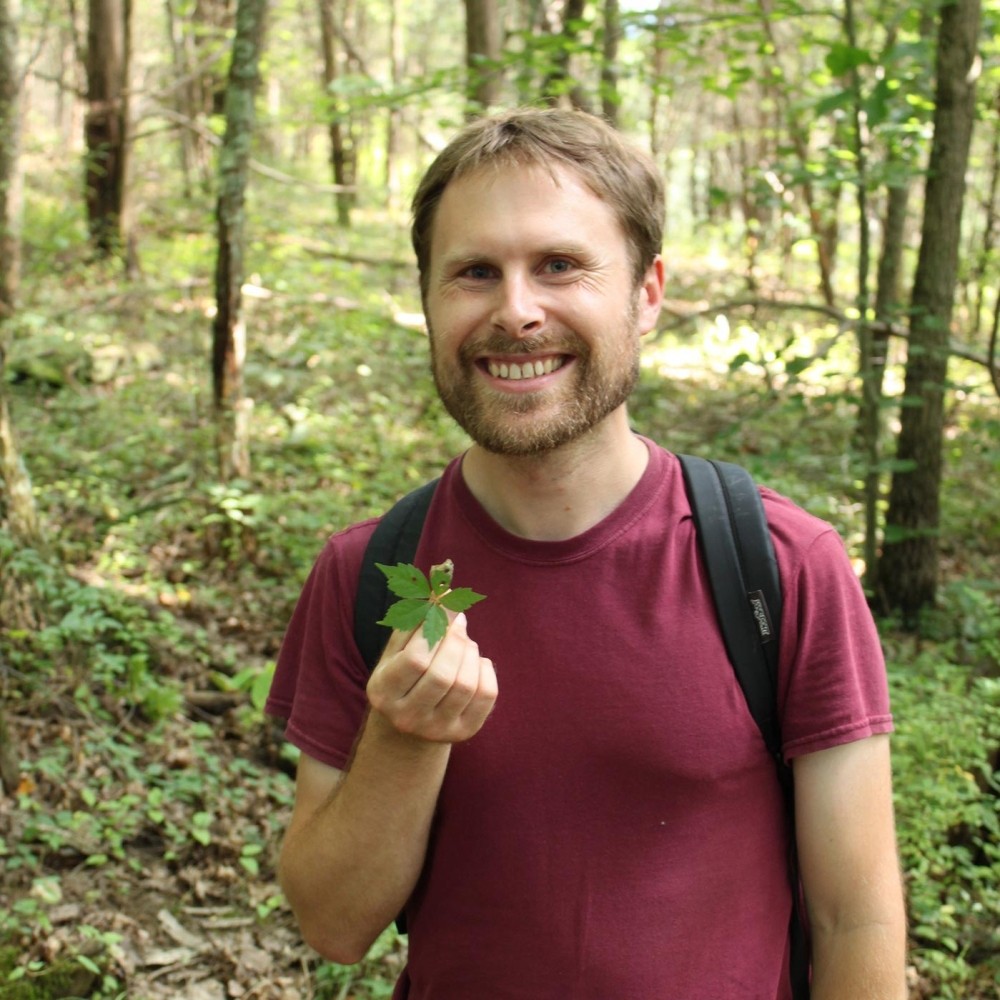
Charley Eiseman grew up in central Massachusetts, surrounded by woods, with a small pond nearby. He credits that setting, and his mother’s long involvement in conservation work, for his career path. During much of the year, Charley is a consulting ecologist, conducting plant and wildlife surveys and natural resource inventories throughout New England and New York. He is also the author of Tracks & Sign of Insects and Other Invertebrates and the ever growing ebook Leafminers of North America. When he’s not exploring and documenting life in the forests and fields, Charley is often singing and playing guitar with the band Marsh Lights (formerly PossumHaw), whose music he describes as “acoustic Americana.” Learn more about his ecological services and books at his website.
I think what really got me excited about working and being outdoors as much as possible was an after school course called Survival Living I took during high school. We learned about orienteering, edible plants, fire making, and things like that. It was geared toward being able to get lost in the woods and have minimal supplies and be able to survive. As a final exam, we were dropped off independently in a state forest, and we had to spend four days in the woods by ourselves with just what we could fit in a peanut can.
When I started at UMass Amherst, I didn’t know what I was going to major in at first. My first semester, I took an introductory environmental science course, some music courses, Greek mythology – just a smattering of general education courses to try to figure out what I was excited about. In my second semester, I took a course called Wildlife and Their Environment. One of the requirements of that was to keep a journal, going out twice a week to record observations of wildlife. As soon as I started doing that, I thought, “Oh, yeah. This is what I want to do.” I’ve kept a journal of observations ever since. I earned my degree in Wildlife Conservation.
During that second semester, I bumped into a friend who introduced me to an informal group called “The Woodsy Club.” They met every Thursday night and every Sunday morning. Thursday nights someone would give a presentation – it could be basket weaving or friction fire making or wild edibles. On Sundays, we would go out and practice that skill, or just wander around the abandoned orchard on campus and track bobcats or whatever we felt like doing. That group was probably the most important thing that happened to me in college as far as shaping what I ended up doing later.
After college, I spent four years doing seasonal field work. I would often choose jobs more because they would teach me something new than because they would pay very well. I did migratory bird banding at Braddock Bay on Lake Ontario every spring and fall for those four years. I spent one summer in Oregon doing breeding bird banding. I helped a UMass grad student with a study of marbled salamanders in the Holyoke Range. I had an internship with the Connecticut chapter of The Nature Conservatory, where I documented plants in areas they were interested in protecting. Anything I didn’t recognize, I would bring samples back and pore over field guides and try to figure out what they were. I had a job with UMass where they sent me to places in the Berkshires that they thought would be interesting natural communities based on remote sensing. I would just plunk myself down and try to identify all the plants and try to classify the natural community.
Eventually, I realized I needed a higher degree to be able to get more sustaining work, and I pursued a master’s through University of Vermont’s Field Naturalist Program. It was a project-based program, rather than a thesis-based program. My project was with the Winooski Valley Park District in Burlington, which manages 17 nature reserves. I did natural resource inventories for all of them and made natural community maps and lists of all the flora and fauna and management recommendations. It was perfect preparation; a lot of the consulting work I’ve done since then has been basically doing exactly that.
For the Maine Coast Heritage Trust, I did natural resource inventories of coastal and island properties all along the Maine coast for three years. I’ve done similar work for other land trusts on a smaller scale. I’ve done a lot of baseline documentation reports where a property is getting a conservation restriction put on it, and I’ll find all the boundary monuments and trails and write up a little bit on the ecology of the property and anything rare or invasive or noteworthy. I’ve worked in every state in New England and some in New York.
In general, the purpose of doing these inventories is for the landowner to learn more about what’s on their land. That might be just out of curiosity, but typically it’s to find out if there is anything especially sensitive or rare that we need to take special care of. The Berkshire Natural Resources Council has hired me several times when they want to make a new trail. They have me walk the route to see if there’s anything they should be watching out for there. The Kestrel Land Trust has also hired me to do that when they’re doing trail repairs on existing trails. Sometimes people are interested in where there are invasive species that we can nip in the bud before they become real problems.
I generally start in GIS and looking at the aerial photos. I can see where all the wetlands are, the topographic high points and low points, different kinds of vegetation. I try to make sure I hit any of those unusual places – I put points in a GPS unit and try to navigate to those points. I wander around to try to fill in the gaps. I scribble notes that are unintelligible to anyone but me and go back home and convert them into a useable product with maps and a report.
This year I’m entering the final year of a four-year study for the nonprofit Green Berkshires. They’re interested in a natural resource inventory of the southern Taconics – particularly focused on the 24 named summits in this area. There’s a lot of pitch pine and scrub oak forest. There are several endangered animal and plant species there, including a shrub called big-leaved holly whose range only extends into the southwest corner of Massachusetts, but it’s pretty common there. There are just some interesting ecological things going on there. I’ve been doing a much more in depth report – multiple visits to each mountain and its surroundings, making natural community maps and pretty complete species lists. There’s a wide range of things that can go into these reports. They can use this to ultimately educate the public and state agencies about this area and why it’s special.
One concerning thing I see is that there are a lot of deer in many parts of New England, and as a result, there is not nearly as much diversity of understory vegetation as there should be. During one project, I was surveying a place where rare orchids had been found in the past. Often, they were no longer present, or if I found one, a deer had munched it. Overabundant non-native earthworms are also apparent in some places, and they’re making the litter and duff layer disappear. Forest plants around here are adapted to having thick litter and duff, as are salamanders and all kinds of insects. There ends up being a lot of ferns and sedges in those places and not a lot of wildflowers. And pretty closely tied in with the deer and the worms is having thickets of Japanese barberry, Japanese stilt grass, and other invasives.
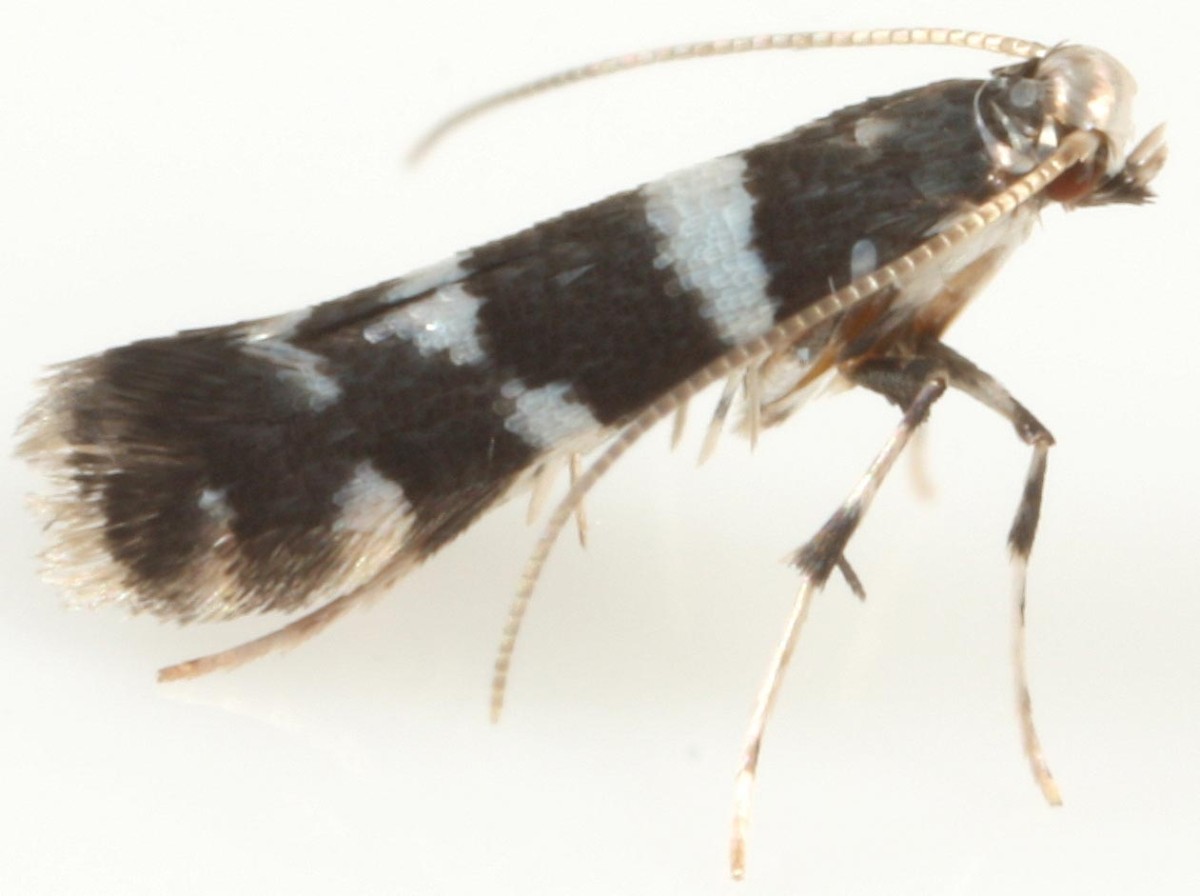
On the optimistic side, nature is resilient. When my wife and I bought this house 10 years ago, our yard was just this huge lawn. We planted fruit and nut trees and vegetable gardens to feed ourselves, but the interstitial space we let become wild meadow. There is so much diversity, both of plants that are showing up on their own, and also host-specific insects that are finding these plants, not to mention all the birds that fill our yards in the winter. We have these big goldenrod and aster patches, and right now there are dozens of juncos and goldfinches all day long picking out the seeds. A state listed bumble bee showed up in our yard on some of the wildflowers. If people just allow nature to show up – make some space and let things go wild – things are waiting in the wings to occupy the spaces that we make for them.
It’s hard to know when to mow, because you’re always disturbing something. So we’re basically doing it erratically, so there are always some parts that aren’t getting disturbed. All of the seemingly dead stems are full of life. Last spring, I grabbed a tall blue lettuce stem that was right next to our stoop. I broke it open and found there were wasp galls inside. I stuck a little chunk of the stem in a jar, and five different kinds of wasps emerged from it, as well as some beetles and spiders.
The only formal training I have in entomology is one course I took during my master’s studies. Twenty years ago, a friend of a friend had gotten an NSF grant to give digital cameras to naturalists like me, who they thought would make good use of them. They had the idea of creating an online field guide with the pictures that were taken. I started taking pictures of whatever I found, and of course bugs and signs of bugs are the most abundant things. So I started developing this library of mystery objects that I came across – cocoons and egg sacs and different characteristic feeding signs.
I asked Mark Elbroch, the author of Mammal Tracks & Sign and of Bird Tracks & Sign if he thought he’d ever do a guide to invertebrate tracks and sign, and he said, “No, I think that’s up to you.” So that’s how I got started with the book, and working on the book is how I learned everything I know about insects. After that, I got especially interested in leaf-mining insects, and I’ve been studying those intensively for 12 years now.
Whenever I’m at work doing whatever else, I keep a bag of vials with me and collect things that I want to try to raise to adults and figure out what they are. All of the insects I have that need to overwinter before they emerge as adults, I keep in a little fridge in the basement – just above freezing for several months. Once I take them out, things start popping out within a week, and they keep popping out for about two months. I hang onto them basically until the following autumn, because there are some things that will take up to five months or more before they’ll emerge.
With the leaf miners, I’m trying to create a complete guide, and at some point, it became apparent that I would never be done. I’m constantly finding new things, literally discovering new species in my backyard – with the help of taxonomists all over the world, getting a lot of these things described and named. The book is over 2,000 pages long at this point and full of color photographs, so it would be ridiculously expensive to print and for anyone to buy – in addition to not being able to update it anymore. In 2018 I created a program where people can subscribe to it, and I send out a new installment every month. I gave myself a series of 18 deadlines, so I was able to finish the first edition in a year and a half. Then I took six months off and did a second edition. Now I’m on the third edition of that.
For the past five years, I’ve been slowly putting together a similar guide to sawfly larvae. They look like caterpillars, but they turn into these waspy adults instead of moths or butterflies. Most of them just have one generation per year, and they’re active in the spring, and then they’ll burrow into soil and won’t pupate until they’ve gone through winter. With both leafminers and sawflies, the species are all very host specific. So you look up what kind of plant you found it on, and there’s a key in my books to all the things you might find on that plant. That’s how I spend the winters, working on these writing projects.
The person who has been most helpful to me is a Canadian entomologist named Owen Lonsdale, who specializes in the tiny agromyzid flies – the adults are only 2 millimeters long, and most of them are leaf miners as larvae. We’re working on a paper right now describing 29 new species, and we’ve already described 62 species together in previous papers. Five of the type specimens have come from my front yard, and another seven or eight have come from within walking distance of my house. The taxonomy is largely based on the male genitalia, and Owen makes these exquisite drawings of all their parts. A couple of taxonomists have helped me with the tiny moths, and I’ve been able to name three species of moths so far. But I have dozens of undescribed species of moths. I’ve been learning to dissect those and slide mount their genitalia so I can describe more of them. And these moths have beautiful wing patterns, but they’re around 3 millimeters long, so you need to magnify them for people to appreciate their beauty.


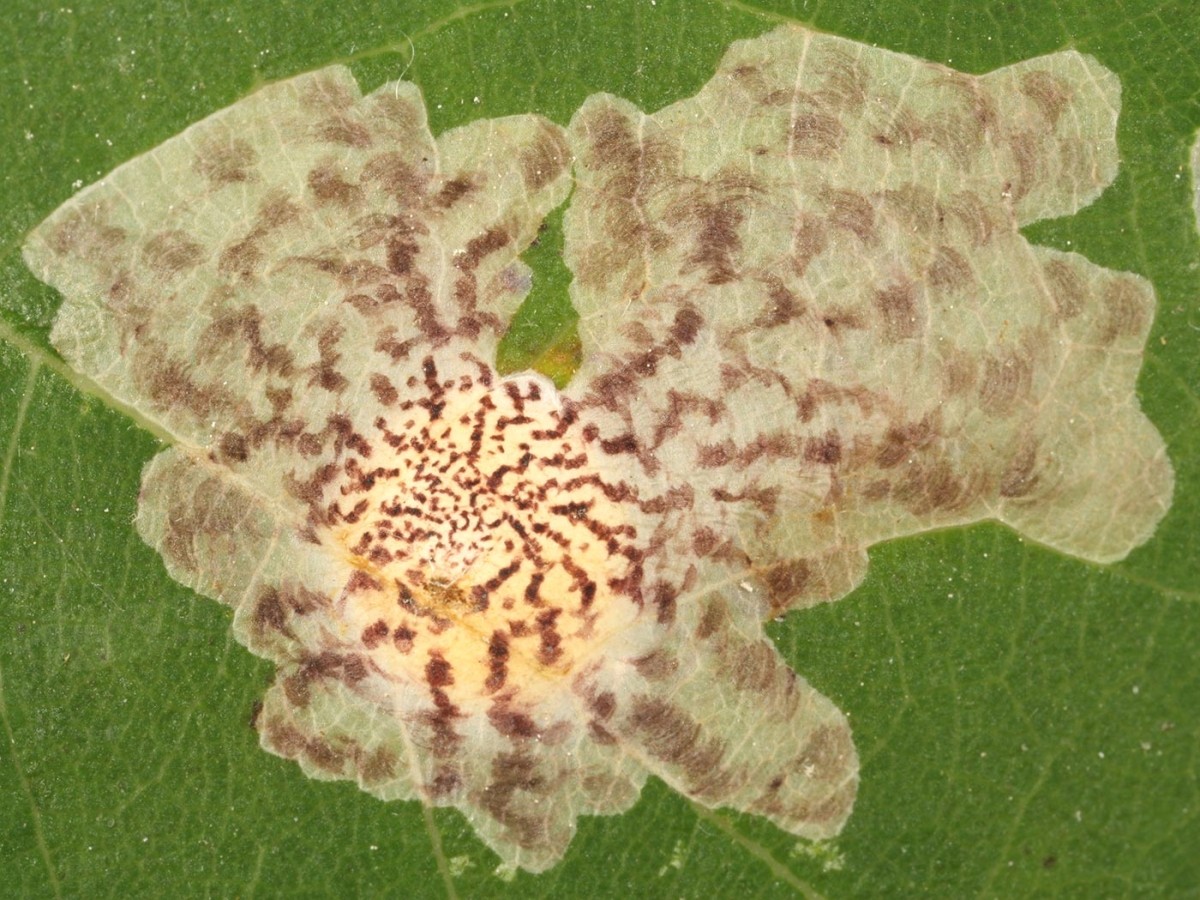
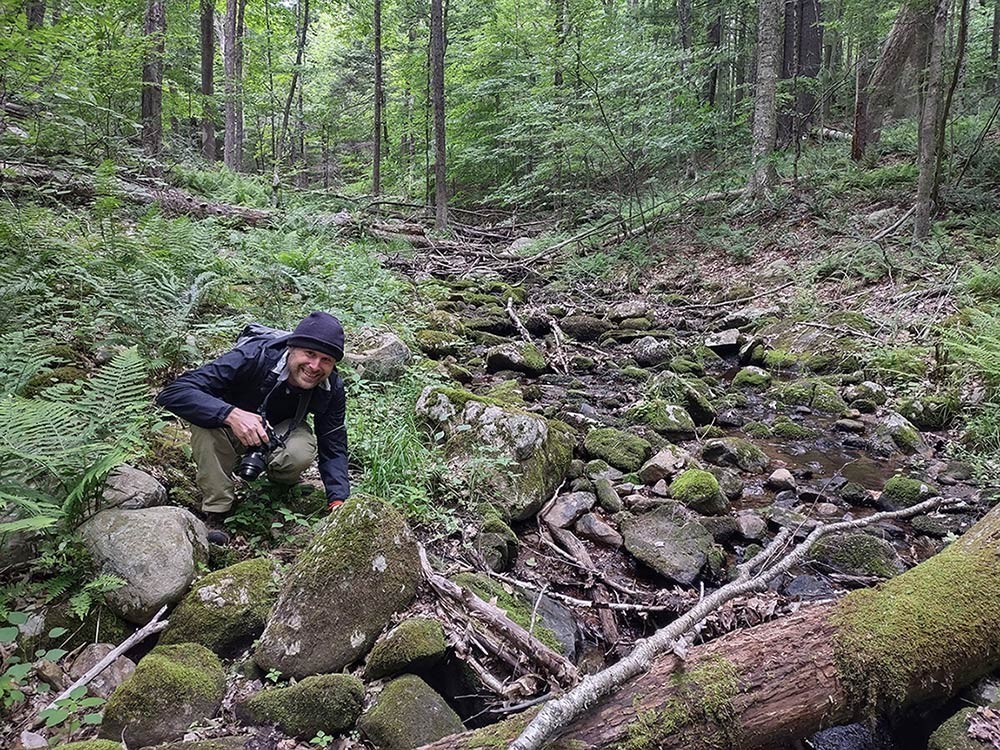
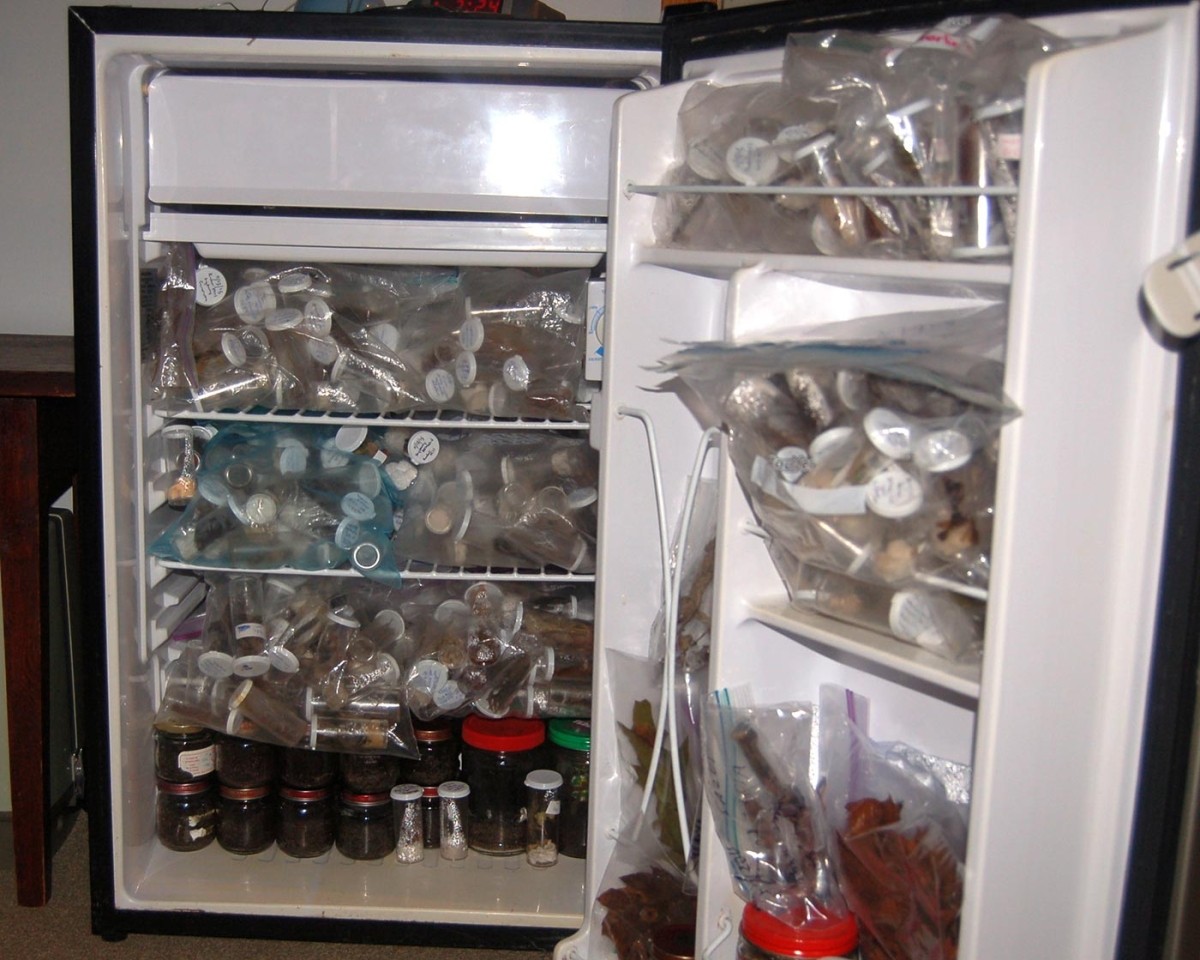
Discussion *